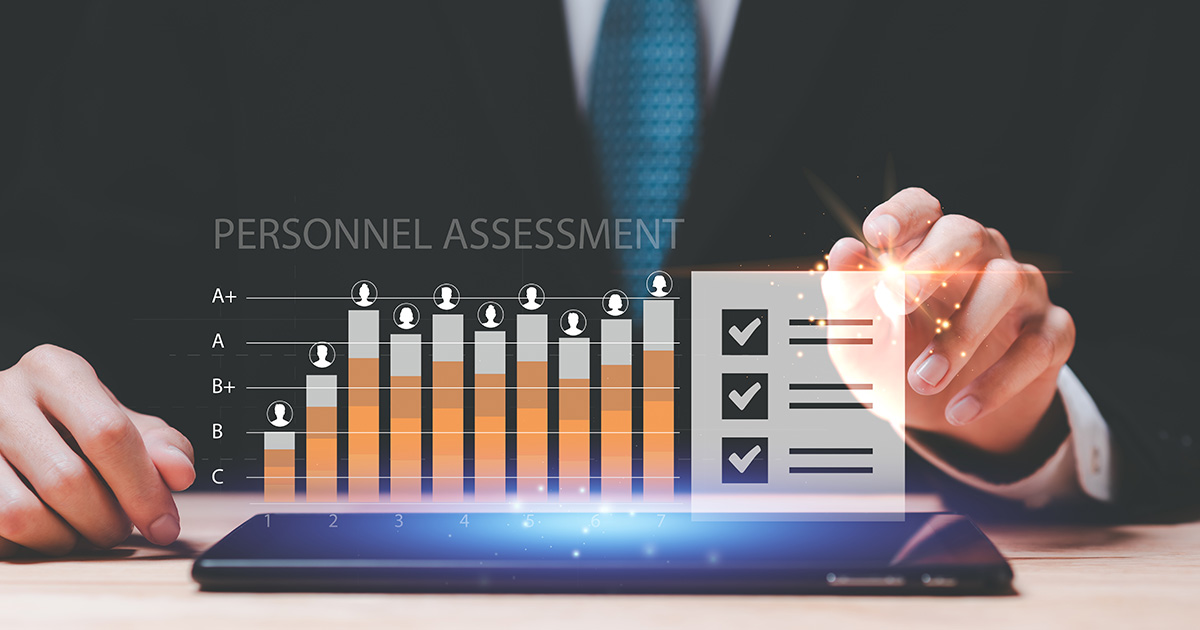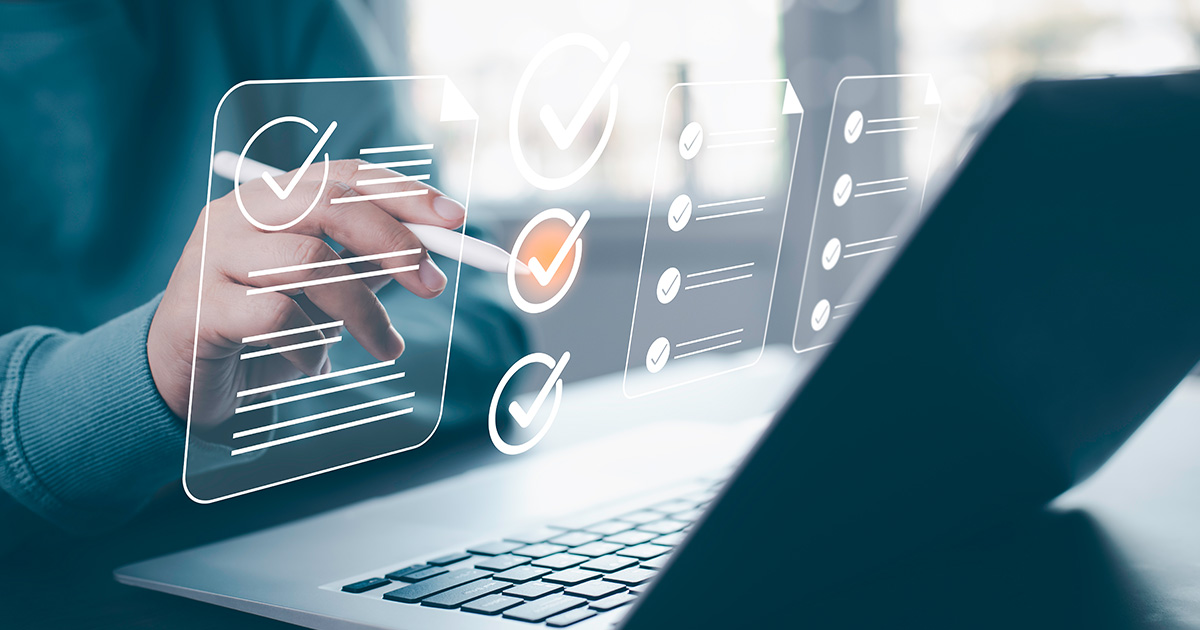
Corporate Competency Analysis Platform: Comprehensive Guide
What is competency analysis and how is it done? Comprehensive guide on modern competency assessment systems, matrix creation and gap analysis.

The success of organizations is measured not only by today's performance but also by their ability to develop the right leaders for the future. Therefore, the most critical need for companies is to accurately analyze their employees' competencies. Traditional observation-based methods are both subjective and incomplete.
In the modern age, digital competency analysis platforms are becoming indispensable for organizations. Comprehensive competency libraries and advanced analysis tools support companies' strategic HR decisions.
What is Corporate Competency and Why is it Critical?
Competency is the combination of knowledge, skills, attitudes, and behaviors required to successfully perform a job. According to Harvard Business Review research, companies using competency-based management systems show 32% higher performance than their competitors.
"Competencies are the DNA of corporate success. Identifying and developing the right competencies is the key to sustainable competition."
Three Main Competency Categories
🔧 Technical Competencies
- Professional knowledge
- Software skills
- Analytical abilities
- Project management
- Financial literacy
🤝 Behavioral Competencies
- Communication
- Teamwork
- Problem solving
- Flexibility
- Customer focus
👑 Leadership Competencies
- Strategic thinking
- Vision creation
- Team development
- Change management
- Decision making
Modern Competency Libraries
Digital competency analysis platforms offer comprehensive competency libraries prepared according to world standards. These libraries, based on models such as Spencer & Spencer, Lominger and ICF, can be adapted to different business cultures.
Modern Competency Library Features
- 500+ Defined Competencies: Each detailed with behavioral indicators
- Sector-Based Templates: Customized competency sets for 25+ sectors
- Position Library: Ready competency matrices for 150+ positions
- Behavioral Indicators: 5-10 observable behaviors for each competency
- Negative Indicators: Behaviors indicating competency deficiency
- Customization Option: Ability to add company-specific competencies
- Multi-Language Support: Turkish and English definitions
- Update Service: Annual trend updates
5-Level Competency Proficiency Model
Modern assessment systems typically measure competencies at 5 different proficiency levels. This model clearly reveals employees' current status and development potential.
Beginner
Basic awareness exists, continuous guidance required
Developing
Can perform basic applications, occasionally receives support
Competent
Can work independently, manages standard situations
Advanced
Manages complex situations, coaches others
Expert
Develops strategy, sets organizational standards
Competency Matrix and Position Mapping
Competency matrices show the required competencies for each position and their importance levels. Here's an example matrix for a sales manager position:
Multi-Dimensional Assessment Methodologies
Competency assessment should be done from different angles and methods. Modern systems use various methodologies:
Competency Assessment Methods
1. Online Competency Tests: Measures knowledge and application level
2. 360 Degree Assessment: Collects multi-directional feedback
3. Behavioral Interview Questions: Analyzes experiences with STAR method
4. Assessment Center: Observes through simulation and role-playing
5. Project-Based Assessment: Examines real business results
6. AI-Powered Video Analysis: Evaluates presentation and communication skills
Competency Gap Analysis and Development Planning
Gap Analysis Process
Digital systems automatically calculate the difference between current competency levels and targeted levels:
- Current Status Assessment: Data collection from multiple sources
- Target Setting: Ideal levels according to position requirements
- Gap Calculation: Mathematical difference analysis
- Prioritization: Ranking by criticality and impact degree
- Development Recommendations: Training, coaching, mentoring programs
- Monitoring: Periodic measurement and progress tracking
Department and Organization-Level Competency Mapping
Modern platforms can create competency maps at department and organization levels beyond individual analyses. Heat map visualizations show at a glance which departments are strong or weak in which competencies.
🔍 Critical Gap Detection
Which competencies have organizational gaps?
🔄 Cross-Functional Transfer
Competency sharing opportunities across departments
👥 Succession Planning
Visualizing talent pool
📊 Organizational Score
Overall competency level calculation
Strategic Talent Management and Career Planning
Competency analysis not only identifies the current situation but also provides critical data for planning the future. Competency analysis systems:
- Can create competency-based career paths
- Help identify high potential employees
- Can suggest candidates for leadership pool
- Can automatically generate development plans
Benchmarking and Industry Comparisons
Competency platforms offer the opportunity to compare organizations' competency profiles with industry averages and best practices. Benchmark reports prepared with anonymized data help identify competencies that will create competitive advantage.
Modern systems can also track future trends and emerging competencies. They enable you to plan today for critical competencies of the future such as digital competencies, agile working skills, and data literacy.
AI-Powered Competency Prediction and Recommendations
AI-powered systems can predict employees' future development potential based on their current competencies. These systems can provide personalized development recommendations by analyzing career paths of employees with similar profiles.
💡 Tip: Repeat competency analysis at least twice a year. In a dynamic business environment, competency needs constantly change.
Frequently Asked Questions
What is corporate competency analysis and why is it important?
Corporate competency analysis is a process that systematically measures employees' knowledge, skills, attitudes, and behaviors to identify the gap between their current status and target levels. According to Harvard Business Review, companies using competency-based management systems show 32% higher performance. Competency assessment tools facilitate this analysis.
What is the difference between technical, behavioral and leadership competencies?
Technical competencies cover job-specific abilities such as professional knowledge and software skills, behavioral competencies cover interpersonal skills such as communication and teamwork, and leadership competencies cover managerial abilities such as strategic thinking and vision creation. Leadership assessment systems make this distinction clearly.
How is a competency matrix created?
A competency matrix is a table showing the required competencies, criticality levels, target levels, and assessment methods for each position. Modern platforms offer ready matrices for 150+ positions and allow company-specific customization. Talent management tools automate matrix creation.
How is competency gap analysis done?
Gap analysis calculates and prioritizes the difference between current competency levels and target levels. The process consists of 6 steps: current status assessment, target setting, gap calculation, prioritization, development recommendations and monitoring. Employee development analytics automates this process.
What is 360 degree assessment and how is it done?
360 degree assessment is a methodology that observes an employee's competencies from multiple perspectives. Feedback is collected from the employee, manager, peers, and subordinates. This multi-source approach provides an objective assessment and clearly reveals development areas. Data-driven promotion processes use 360 degree results.
How often should we conduct competency analysis?
It is recommended to repeat competency analysis at least twice a year. In a dynamic business environment, competency needs constantly change and periodic measurement allows you to track development. Digital platforms facilitate this process with continuous monitoring and instant reporting. Optimize your competency management with TestEd's solutions.






Shape the Future with Competency Analysis
Want to reveal employee potential with data? Discover TestEd's competency assessment platform.
Explore Platform